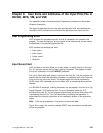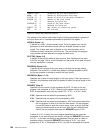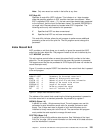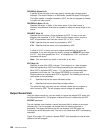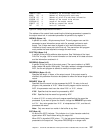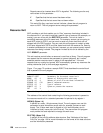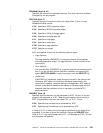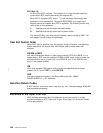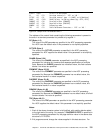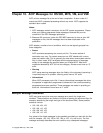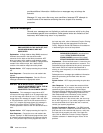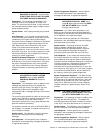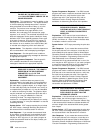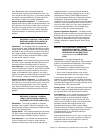
EOF (Byte 19)
An end-of-file (EOF) indicator. This indicator is a 1-byte character code that
signals when ACIF has finished writing the resource file.
When EOF is signalled (EOF value = “Y”), the last record has already been
presented to the resource exit. The pointer RECORD@ is no longer valid.
Records cannot be inserted when EOF is signalled. The following are the only
valid values for this parameter:
Y Specifies that the last record has been written.
N Specifies that the last record has not been written.
This end-of-file flag, used as a last-call indicator, returns control to ACIF. The
exit program cannot change this parameter.
User Exit Search Order
When ACIF loads a specified user exit program during initialization, the operating
system determines the search order and method used to locate these load
modules.
OS/390 or MVS
Exit load modules can reside in a load library used as STEPLIB, JOBLIB, or in a
system library. ACIF uses the standard OS/390 or MVS search order to locate the
exit load module; that is, it looks first in the STEPLIB, then in the JOBLIB, and
finally in the system libraries.
VM
| ACIF uses standard CMS search order to locate the specified user exit load
| module; that is,
name
.TEXT or
name
.TEXTLIB.
VSE
Exit load modules are located in the library defined by the // LIBDEF
PHASE,SEARCH=(...) JCL statement.
Non-Zero Return Codes
If ACIF receives a non-zero return code from any exit, it issues message APK412W
and terminates processing.
Attributes of the Input Print File
ACIF provides information about the attributes of the input print file in a data
structure available to ACIF's user exits. Figure 34 on page 131 shows the format
of this data structure.
130 ACIF User’s Guide




